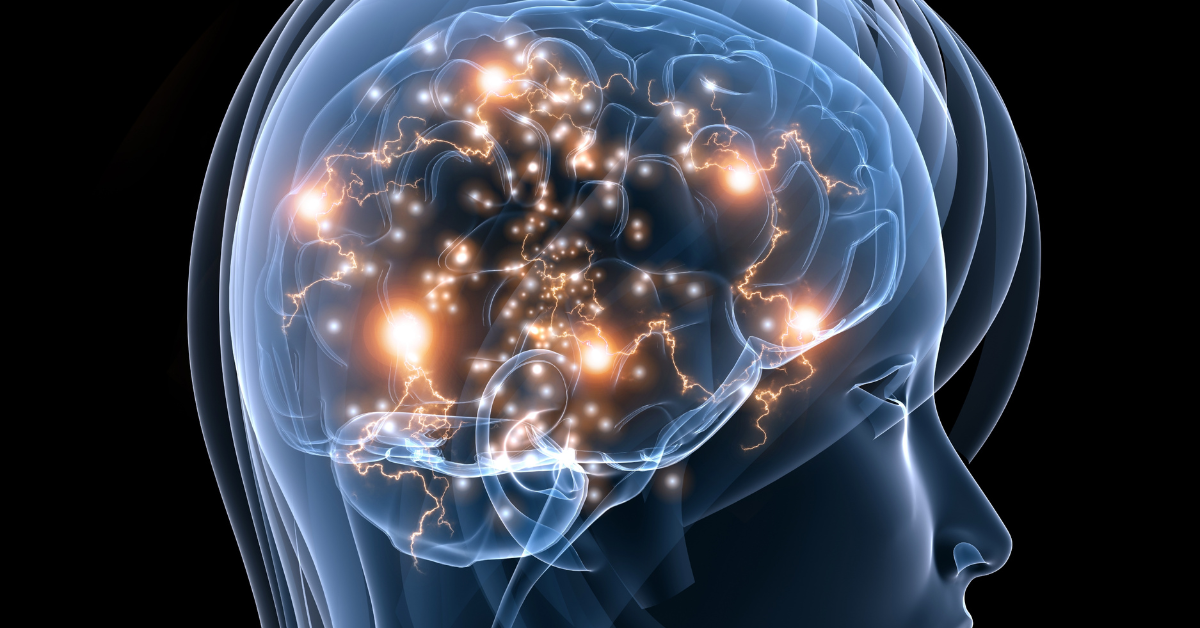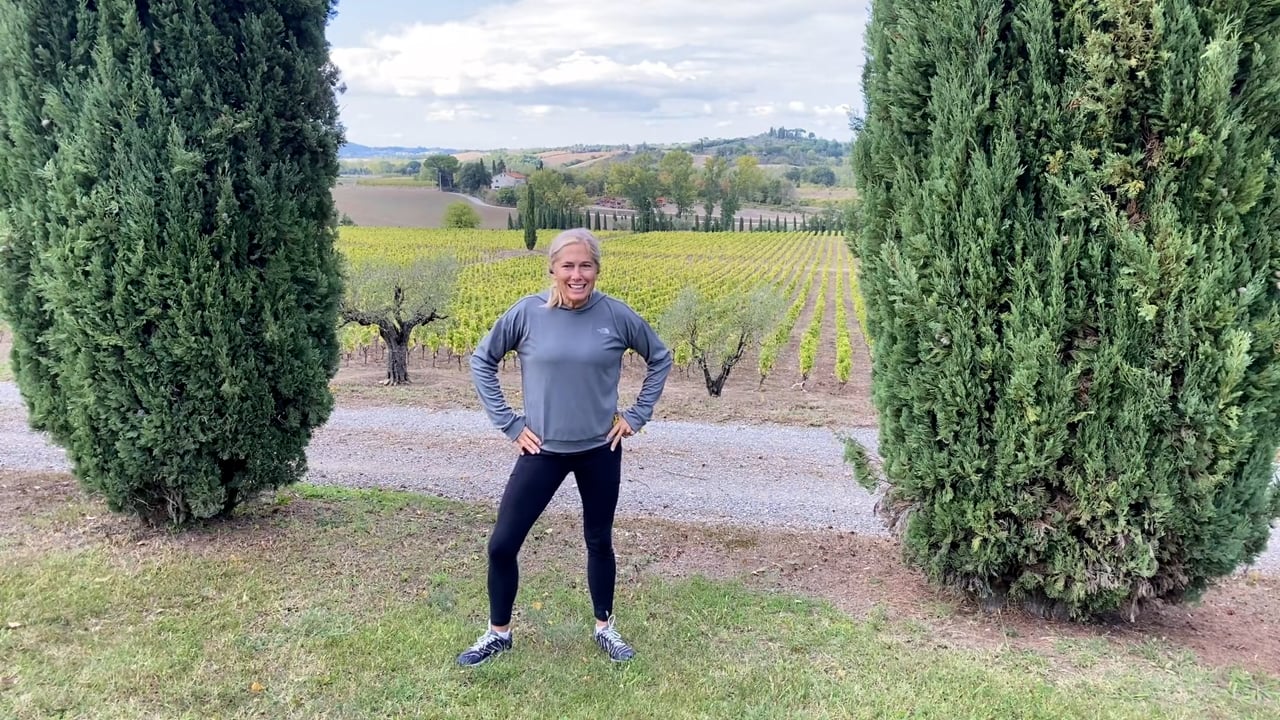Did you know there’s a way to tone your muscles and sharpen your mind at the same time?
It’s all about the kind of workouts you choose.
Of course, physical exercise is beneficial for the body, but it also plays a crucial role in maintaining and enhancing brain health. Incorporating specific types of workouts into your routine can improve cognitive function and protect against cognitive decline.
Yep, you heard that right! Turns out, breaking a sweat isn’t just good for your body…it strengthens your mind too!
The brain requires a constant supply of oxygen to produce energy and support cellular functions. Without adequate oxygen, brain cells can become damaged or die, leading to cognitive impairments or conditions like stroke.
While really any form of exercise helps increase blood flow to the brain, incorporating three specific strategies into your workout routine has proven to significantly enhance brain health.
Here’s a detailed look at what I like to call the “brain workout triad”:
1. Cardiovascular Exercise
Cardiovascular exercise is any activity that gets your heart rate up and increases your breathing rate for a sustained period (ideally for at least 25 minutes).
Some people cringe at the word “cardio” and avoid it at all costs, but it is SO good for your brain!
Not only does it boost blood flow to the brain, it also enhances the brain’s ability to rewire itself AND promotes the growth of new neurons in the hippocampus (an area of the brain critical for memory and learning).
Daily cardiovascular work is also associated with a lower risk of developing neurodegenerative diseases, such as Alzheimer’s and Parkinson’s. In an investigation known as The CARDIA Study, researchers found that individuals with higher levels of cardiorespiratory fitness during midlife tended to have better cognitive performance in older age. Specifically, they exhibited superior memory, processing speed, and executive function compared to those with lower fitness levels.
Furthermore, the study highlighted the long-term benefits of maintaining cardiovascular fitness over time. Participants who consistently engaged in regular cardio work were more likely to preserve cognitive function as they aged. These findings emphasize the importance of incorporating cardiovascular exercise into daily routines to support brain health and cognitive function throughout life.
2.) Cross-Body Movements
Cross-body movements involve using one side of the body to reach or move across the midline of the body to the opposite side. You’re likely doing these movements daily, without even realizing it. For example, brushing your hair, applying makeup, or shaving often involves reaching across the body with one hand to perform tasks on the opposite side.
Cross-body movements are so important because they work both hemispheres of our brain. Effective communication between the left and right hemispheres enables the brain to adapt to changing demands and environments. Research suggests that strategically increasing the amount of cross-body movements each day can create cognitive flexibility, allowing us to switch between tasks, perspectives, and problem-solving strategies as needed.
Incorporating cross-body movements into daily activities or exercise routines, these movements can be a fun and effective way to keep your brain sharp and agile. Some examples include: Russian twists, cross-body punches, and cross-body mountain climbers.
3.) Cognitive Tasks
Engaging in cognitive tasks helps to keep your brain active and engaged.
While activities like reading, learning a new skill, and games like chess or sudoku are all effective ways to strengthen the brain, you can also complete effective cognitive tasks during your workout. Two birds, one stone.
Here are some examples of exercises that require both physical and cognitive engagement:
- Memory Games: While walking or jogging, try to memorize a list of words or numbers. After your exercise, recall as many as possible. To add a spiritual component, try reciting scripture verses!
- Counting Backwards: While performing an exercise like jumping jacks or squats, count backwards from a random number by a specific interval (e.g., by 7s).
- Complex Movement Patterns: Routines that require you to remember and execute specific steps and patterns, such as a yoga flow, lead to better focus, improved coordination, and quicker reaction times.
Choosing to perform tasks like these can make exercise more engaging and beneficial for both your body and mind.
Ready to get started now? Try this 30-minute workout that incorporates all three components of the brain workout triad: I LOVE our PAZAZ (cardio dance) workouts. They are so fun, and I would say the best thing you can do for your brain.
We have OVER 50 PAZAZ workouts to choose from on our website. CLICK HERE
If you’ve never done PAZAZ, here is a great video to start with because I walk you slowly through many of the movements.
To achieve the best results, try incorporating cardiovascular exercise, cross-body movements, and cognitive tasks into your daily routine.
What motivates you to prioritize cognitive health? Is it the desire for continued learning, maintaining independence, achieving career goals, or something else?










